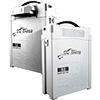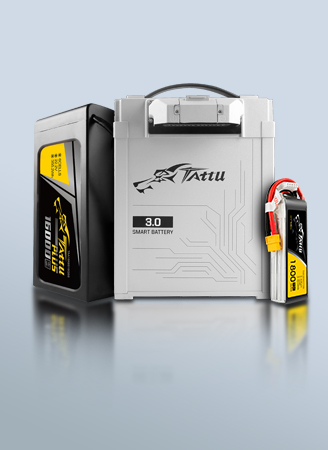Intelligent Battery Charging Process Design
Lithium-ion batteries are the main source of energy for notebook computers and other handheld devices. With the increasing demand for high-speed CPU, displayers, and long standby times, battery energy density is required to be increased. To meet the demand, Grepow has made great efforts to produce intelligent batteries with high safety performance. The batteries can optimize the charging process design, explore the battery potential, and reach the maximum capacity of the batteries to improve the charging efficiency. The safety and efficiency of the batteries charging process are interrelated. Generally, Safety limits the efficiency of the charging process. How to solve this problem is the top priority that should be considered when designing the charging process.
1. Potential hazards of lithium-ion batteries
As far as the safety of lithium-ion batteries is concerned, besides the chemical composition and electrode nature of the batteries, ambient temperature and voltage are the direct causes of battery runaway during charging. Both manganese lithium-ion batteries and cobalt lithium-ion batteries have similar safety valve value characteristics, the temperature threshold drops sharply as the voltage increases. On the other hand, any operations that cause the battery's voltage to exceed its design value will cause the battery to overheat, causing an explosion or fire. Some battery manufacturers have set up multi-layer battery structures and packaging protections to prevent dangerous overheating, but these measures can fail if the charging process is not designed properly. There are three sources for the battery to be dangerous due to the unreasonable design of the charging process:
The charging voltage is too high
This will cause the battery temperature to rise sharply, while the temperature threshold will drop. Both factors will work at the same time, which will easily cause an explosion or fire. This is the most dangerous situation.
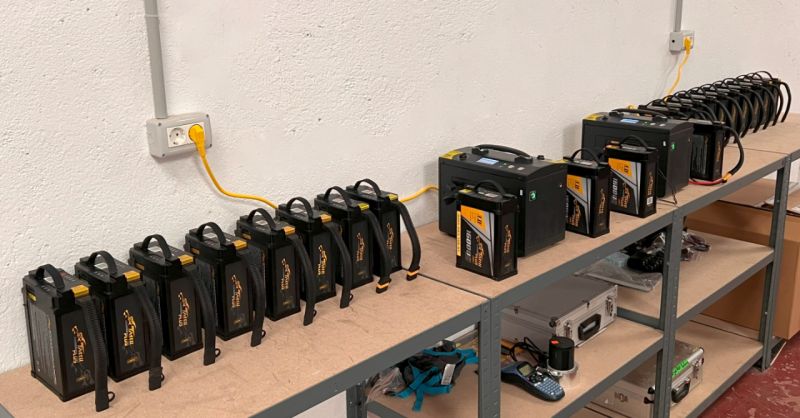
Excessive charging current
Excessive charging current will cause lithium electroplating effect inside the battery, causing heating.
The charging process cannot be stopped correctly
This will cause the battery to be charged for a long time, which will also cause heat. It is not difficult to solve these three problems in theory, but it is complicated in the practical situation, which may need an intelligent battery to solve the above problem.
2. The factors restricting capacity utilization of lithium-ion batteries
Ideally, the output voltage of the charger should be exactly the same as the rated voltage of the lithium-ion battery. However, due to the discreteness of the battery parameters, the exact value of the output voltage of the charger becomes uncertain. According to the charger specification, 9% of the discrepancy is allowed in negative voltage deviation, but based on safety considerations, we should strictly limit the positive voltage deviation, which should not exceed 1%. In practical design, the positive and negative deviations are random, so in order to ensure absolute safety, the charger's output voltage is usually set around -4% of the battery's rated voltage.
According to the experience of Grepow, the battery capacity will drop by as much as 15% even if the voltage is only 0.05% lower than the rated voltage of the battery. As a result, fear of the potential hazards of lithium-ion batteries often leads to low capacity utilization. And the battery capacity utilization rate will be further reduced (about 35%) by the method of detecting the battery residual power only by voltage in the power system.

Let's make an assumption. We assume the normalization of the rated voltage of the battery is very good, and the charger output voltage is 100% equivalent to the rated voltage of the battery. Does this mean that the battery capacity can be fully utilized? The answer is no because there is still an impedance problem in the practical charging circuit. This impedance will make the battery terminal voltage lower than the charger terminal voltage, while the voltage drop value cannot be accurately measured. Therefore, the precise design of the charger alone cannot solve the contradiction between safety and battery utilization. As can be seen from the above analysis, in order to integrate the two factors of safety and battery capacity utilization, it is necessary to establish a one-to-one correspondence between individual chargers and individual Li-ion batteries based on precise electrical parameters. This is unimaginable for mass production because it is impossible for any process to normalize the electrical parameters of the charger and the lithium-ion battery.
3. The intelligent battery charging process
In terms of price and volume, devices such as single-chip computers, voltage sensors, current sensors, and temperature sensors are viable options in smart battery systems. The performance of an intelligent battery system has two aspects: Under static conditions, various parameters of the battery will be accurately recorded in the internal memory,which is identified by the charger as the basis for determining the charging parameters.
Intelligent battery charging
In the case of dynamic charging, the built-in computer collects and analyzes the real-time status of the battery through various sensors and transmits the results to the charger via a communication protocol.
Intelligent battery discharging
In the case of dynamic discharging, intelligent battery systems are more accurate than traditional battery systems, while extending the operating time of the power system. The voltage and current of the smart charger used can adjust the range according to the actual situation and complete the communication function with the smart battery. The intelligent battery management system can effectively improve the charging efficiency and ensure the utilization of the capacity. Monitor battery status in real-time to ensure battery safety. In short, the realization of intelligent battery charging, on the one hand, improves battery utilization and safety of use, and effectively reduces user costs; On the other hand, promoting energy conservation and emission reduction has long-term social benefits from environmental protection. If you are interested in our products, please don't hesitate to contact us NOW! Email: info@grepow.com Grepow Website: https://www.grepow.com/
Related Articles
-
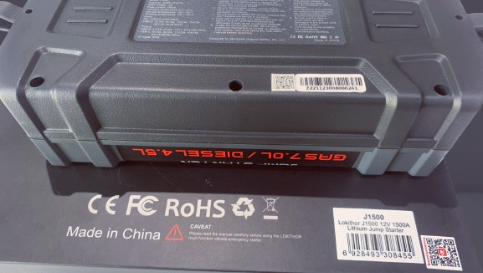
Lokithor Introduces QR Codes for Easy Access to Product Information
2024-03-19 -
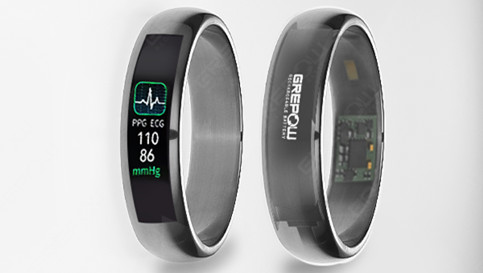
The NeoRRow Series Curved Lithium Polymer Batteries: Coming Soon!
2023-11-27 -

Optimal Battery Solution for Wearable AR Projector in New Consumer Products under AI Technology
2023-11-11
Related products
-

Tattu Plus 6S 10000mAh 22.2V Lipo Smart Drone Battery
-
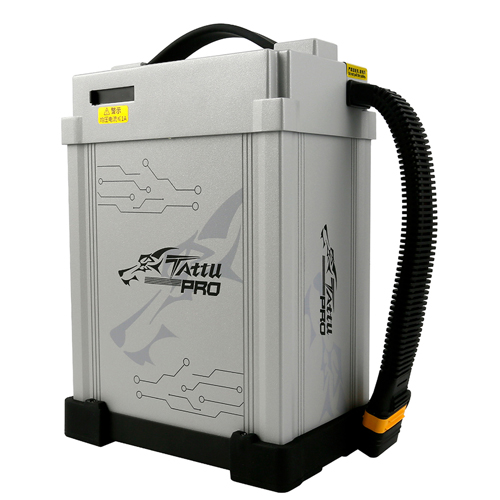
Tattu Pro 14S 22000mAh 51.8V 25C Lipo Smart Drone Battery
-

Tattu Plus 1.0 Compact 12S 16000mAh 44.4V 15C Lipo Smart Drone Battery











